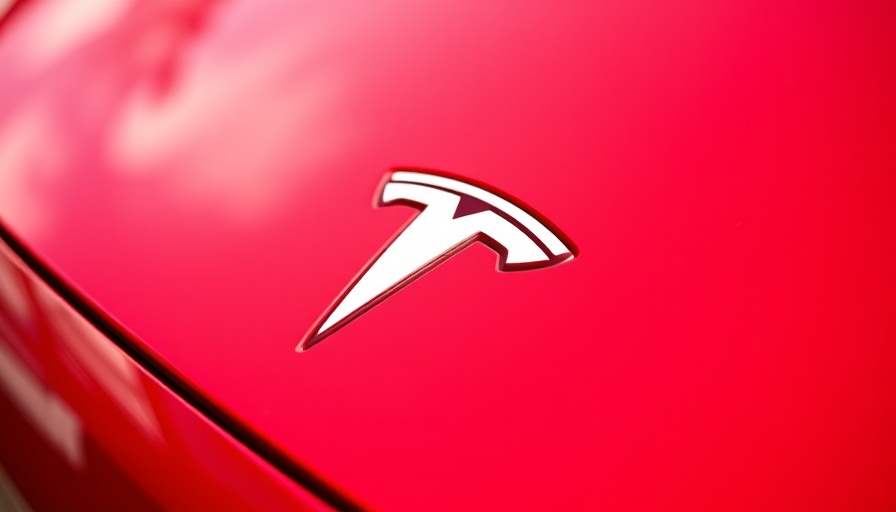
Texas Takes a Step into the Future with Tesla's Robotaxi
Tesla's ambitious vision for the future of transportation is now taking shape in downtown Austin with the launch of its robotaxi service. On Sunday, the highly anticipated service began operations, though it's being rolled out cautiously—initially with Tesla employees in the driver’s seat, poised to intervene if necessary.
The robotaxis will operate from 6 am to midnight within a specified area of downtown, strategically avoiding complex intersections to prioritize safety. This limitation highlights Tesla’s approach as it navigates through early adoption challenges and regulatory discussions.
How Tesla's Technology Stacks Up Against Its Competitors
Unlike its main competitor, Waymo, which utilizes a sophisticated array of lidar sensors and radars for navigation, Tesla is relying on its proprietary Full Self-Driving (FSD) software, enhanced by eight cameras placed around the Model Y vehicles. While Tesla's user-friendly technology may resonate with enthusiasts and early adopters, it faces scrutiny, particularly regarding reliability in adverse weather conditions.
The type and number of sensors used to overcome driving challenges pose significant implications for passenger safety. Tesla’s cameras, although revolutionary, may struggle in poor visibility due to rain, pointing to a potential vulnerability in inclement weather. Comparatively, Waymo's diverse sensor suite enhances their reliability in varied conditions.
What Texas Lawmakers Say About the Robotaxi Launch
Amidst the excitement, Texas policymakers are expressing caution. Recently, state senator Sarah Eckhardt and fellow Texas legislators urged Tesla to delay the rollout until a new state law takes effect this September. This law mandates that autonomous vehicles must adhere to traffic laws, be equipped with recording devices, and have the capability to minimize risks if the automated systems fail. Such legislative actions underscore the importance of regulatory oversight as technological advancements unfold.
Moreover, the requirement for a “First Responder Interaction Plan” is particularly vital, ensuring that emergency personnel know how to engage with these vehicles in urgent situations. The efficacy of such regulations could greatly influence public perception and acceptance of autonomous vehicles.
Looking Ahead: The Future of Transportation in Austin and Beyond
Elon Musk, Tesla's CEO, has long advocated for the potential of autonomous driving, predicting that the service could scale rapidly in Austin—projecting thousands of vehicles could be deployed if the launch proceeds well. Following Austin, cities like Los Angeles and San Francisco are next on the list for expansion. The unfolding of these events could transform urban transport, reducing reliance on personal vehicles, and potentially leading to smarter city planning as autonomous technology becomes commonplace.
Conclusion: A Transformative Time for Mobility
The introduction of Tesla's robotaxi service in Austin marks a significant moment for transportation, combining cutting-edge technology with necessary safety precautions and regulatory frameworks. As development continues, stakeholders—including local communities, businesses, and lawmakers—must engage in constructive dialogue to uphold safety while embracing innovation.
As we stand at the intersection of technology and policy, staying informed about the progress and challenges of such initiatives is crucial. The effective integration of these developments not only shapes our immediate surroundings but sets the precedent for the future of mobility across cities in Texas and beyond. Stay tuned for more updates as Tesla navigates this uncharted territory.
 Add Row
Add Row  Add
Add 



Write A Comment